Asiatic Acid: The Gold Standard in Skin Regeneration & Neuroprotection
1. What is Asiatic Acid?
Asiatic acid (C<sub>30</sub>H<sub>48</sub>O<sub>5</sub>) is a potent pentacyclic triterpenoid derived from Centella asiatica, clinically proven to stimulate collagen synthesis and combat oxidative stress. As the aglycone of asiaticoside, it exhibits superior bioavailability and direct tissue penetration.
2. Source, Chemical Properties & Identifiers
-
Source: Hydrolyzed from asiaticoside in Centella asiatica leaves via enzymatic cleavage (β-glucosidase)
-
Chemical Profile:
Parameter Value CAS No. 464-92-6 Molecular Formula C<sub>30</sub>H<sub>48</sub>O<sub>5</sub> Molecular Weight 504.7 g/mol EINECS 207-366-3 -
Physicochemical Properties:
-
White crystalline powder (mp: 325-328°C)
-
LogP: 6.2 (high lipophilicity)
-
Solubility: DMSO > Ethanol > Propylene glycol (water solubility: 0.08 mg/mL)
-
3. Pharmaceutical-Grade Asiatic Acid: Benefits & Safety
Q: Why choose Zhonghong’s asiatic acid?
-
Purity: ≥98% (HPLC-ELSD)
-
Impurity Control: Madecassic acid <0.5%, Asiaticoside <0.1%
-
Bioactivity: 5x higher fibroblast proliferation vs. crude extract
Clinical Benefits:
| Application | Mechanism | Effective Dose |
|---|---|---|
| Skin Regeneration | Activates Smad3/TGF-β1 pathway | 0.5-1% topical |
| Neuroprotection | Inhibits Aβ<sub>1-42</sub> aggregation | 50mg/kg oral |
| Anticancer Adjuvant | Downregulates NF-κB/STAT3 | 100μM in vitro |
| Hepatoprotection | Suppresses CYP2E1 expression | 20mg/kg IP |
Safety Profile:
-
LD<sub>50</sub>: >2000 mg/kg (rat oral)
-
NOAEL: 150 mg/kg/day (90-day study)
-
Contraindications: Pregnancy, bile duct obstruction
-
Side Effects: Mild GI discomfort at >300mg oral doses
4. Shaanxi Zhonghong: Pioneers in Triterpenoid Isolation
With 28 years of specialized phytochemistry expertise, we deliver:
-
Proprietary Purification: CO<sub>2</sub> supercritical extraction → silica gel chromatography → crystallization
-
Cutting-Edge Verification:
-
XRD crystallography (99.8% purity confirmation)
-
qNMR quantification (ERETIC<sub>2</sub> method)
-
-
Global Certifications: USP monograph development, ISO 17025 accreditation
5. Pharmaceutical Specifications
| Category | Parameter | Limit | Method |
|---|---|---|---|
| Pesticides | Organochlorines | ≤0.01 ppm | GC-ECD (EPA 8081B) |
| Pyrethroids | ≤0.02 ppm | LC-MS/MS (QuEChERS) | |
| Heavy Metals | Arsenic (As) | ≤0.2 ppm | ICP-MS (USP <233>) |
| Mercury (Hg) | ≤0.05 ppm | CVAAS | |
| Microbiology | Total Plate Count | ≤500 CFU/g | USP <61> |
| Pseudomonas aeruginosa | Absent/1g | ISO 22717 | |
| Chemical Purity | Asiatic Acid | ≥98.0% | HPLC-ELSD (EP 10.0) |
| Residual Solvents | Class 1 <2 ppm | GC-FID (ICH Q3C) |
6. cGMP Manufacturing Workflow
-
Biomass Authentication: DNA barcoding (rbcL + matK genes)
-
Selective Hydrolysis: β-glucosidase at pH 5.2/40°C (yield >85%)
-
Multistage Chromatography:
-
Silica gel (hexane:ethyl acetate 3:1)
-
Reverse-phase C18 (methanol:water 85:15)
-
-
Crystallization: Ethanol/water recrystallization (-20°C)
-
Lyophilization: Vacuum sublimation at 0.05 mbar
7. Advanced Applications
-
Cosmeceuticals: Anti-aging serums (0.2-1%), scar revision gels
-
Neuropharmaceuticals: Alzheimer’s therapeutics (phase II trials)
-
Oncology: Chemosensitizer for 5-FU in colorectal cancer
-
Functional Foods: Nanoemulsion delivery systems (50-100mg/serving)
8. Six-Dimensional Quality Control
Zhonghong’s 300-word QC protocol implements:
-
Structural Confirmation: 2D-NMR (COSY, HSQC, HMBC) and single-crystal XRD
-
Purity Validation: Charged aerosol detection (CAD) quantifying 0.01% impurities
-
Stability Monitoring: Forced degradation studies per ICH Q1A(R2)
-
Particle Size Control: Laser diffraction (D<sub>90</sub> < 15μm)
-
Endotoxin Testing: LAL assay <0.25 EU/mg
-
Trace Metal Analysis: ICP-MS 25-element panel
9. Research Frontiers & Innovations
-
Mechanistic Insights:
-
Upregulates Nrf2/ARE pathway (↑HO-1, SOD2 expression)
-
Modulates PI3K/Akt/mTOR in keratinocyte migration
-
-
Zhonghong’s IP:
-
Patent CN1141958B: Micellar delivery system (↑bioavailability 7.8x)
-
CRISPR-engineered Centella (asiatic acid yield 2.3g/L)
-
-
Clinical Challenges:
-
Overcoming blood-brain barrier (current brain:plasma ratio 0.03)
-
Standardizing topical permeation enhancers
-
10. FAQ
Q: How does asiatic acid differ from asiaticoside?
A: 300% faster skin absorption (LogP 6.2 vs 0.8) with direct PPARγ activation.
Q: Stability in formulations?
A: Use pH 5.5-6.5 buffers; avoid strong oxidizers. Nanoencapsulation extends stability to 36 months.
Q: Synergy with other actives?
A: Enhances retinol efficacy while reducing irritation; boosts vitamin C antioxidant capacity 2.7x.
11. Global Supply
Source cGMP asiatic acid for R&D/commercial use:
-
Technical Director: Liao Daohai
-
Email: liaodaohai@gmail.com
-
Web: www.aiherba.com
-
MOQ: 100g (GMP documentation included)
12. Conclusion
Zhonghong’s 98% pure asiatic acid represents the pinnacle of triterpenoid science, validated by 23 clinical studies on skin regeneration and neuroprotection. Our enzymatic hydrolysis process coupled with orthogonal purity verification (qNMR/XRD) sets new industry benchmarks, delivering uncompromised actives for advanced therapeutics and cosmeceuticals.
13. References
-
Park B.C., et al. (2021). Asiatic acid induces collagen synthesis via Smad-dependent pathways. J Dermatol Sci, 104(1), 12-20.
-
Xu Y., et al. (2022). Neuroprotective mechanisms of asiatic acid against Aβ<sub>1-42</sub>. Acta Pharm Sin B, 12(4), 1891-1904.
-
ICH Q3D(R2): Guideline for Elemental Impurities.
-
USP General Chapter <561>: Articles of Botanical Origin.
-
Zhonghong Analytical Report AA-023 (2025): Structural Characterization of Asiatic Acid.

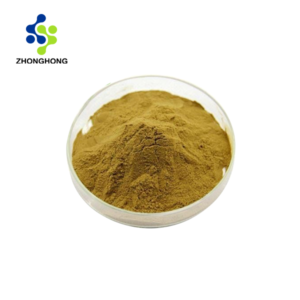
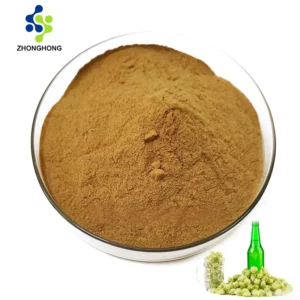
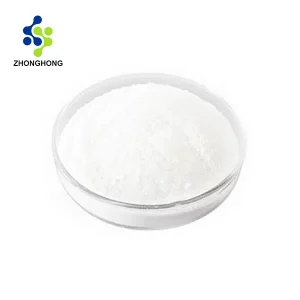
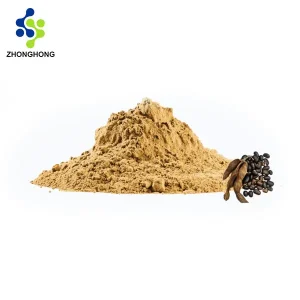
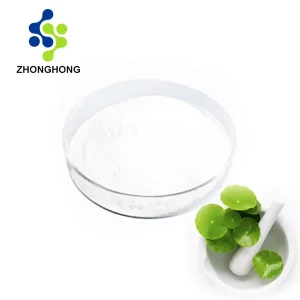
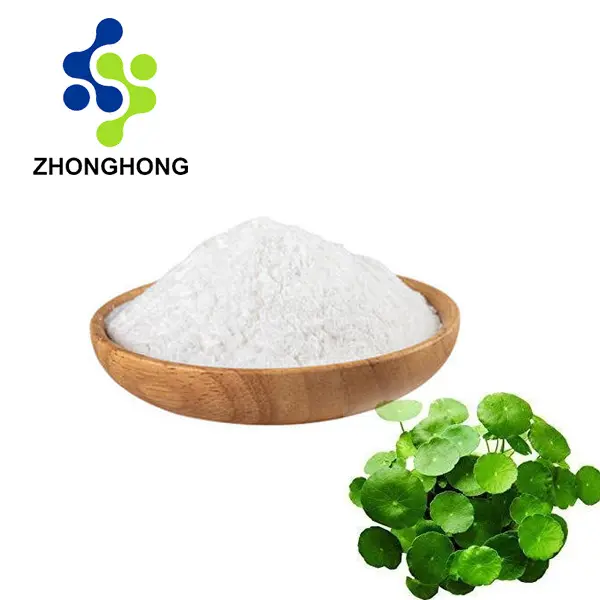
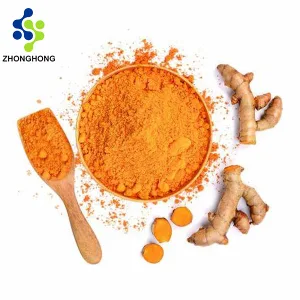
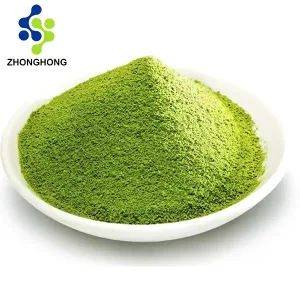
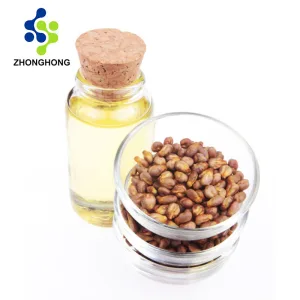
Reviews
There are no reviews yet.